Home>Furniture & Design>Interior Design Trends>How Do You Cut A Glass Bottle
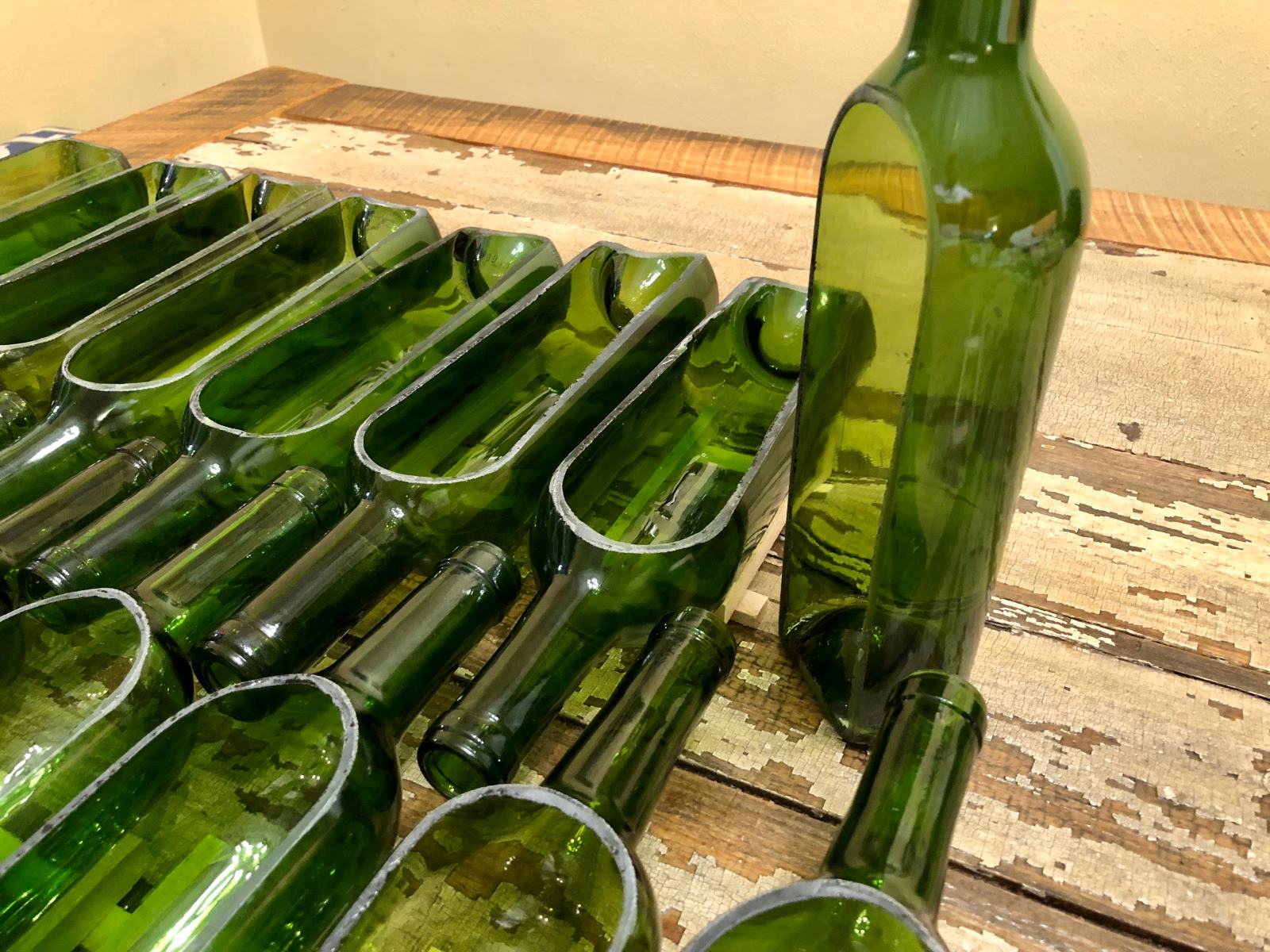

Interior Design Trends
How Do You Cut A Glass Bottle
Modified: February 18, 2024
Learn how to cut a glass bottle safely and effectively with these interior design trends. Discover creative ways to repurpose glass bottles for your home decor.
(Many of the links in this article redirect to a specific reviewed product. Your purchase of these products through affiliate links helps to generate commission for Storables.com, at no extra cost. Learn more)
Introduction
Glass bottles are versatile and can be repurposed in numerous creative ways, making them a popular choice for DIY enthusiasts and crafters. Whether you want to transform a glass bottle into a decorative vase, a unique candle holder, or a stylish drinking glass, the first step is often cutting the bottle to achieve the desired shape and size.
In this article, we will explore various methods for cutting glass bottles, providing step-by-step instructions and essential tips to help you successfully complete your projects. From using a specialized glass cutter to employing simple household items, we will cover different techniques that cater to a range of skill levels and resource availability.
By mastering the art of cutting glass bottles, you can unlock a world of possibilities for upcycling and creating personalized, one-of-a-kind items. Whether you're a seasoned crafter or a novice DIY enthusiast, learning how to cut glass bottles opens the door to a myriad of creative endeavors. So, let's delve into the methods and safety precautions to ensure a successful and enjoyable bottle-cutting experience.
Key Takeaways:
- Transform glass bottles into unique items by mastering cutting techniques like using a glass cutter, string and acetone, or hot and cold water. Stay safe with protective gear and ventilation.
- Cutting glass bottles opens up a world of creativity. Use a glass cutter for precision, string and acetone for simplicity, or hot and cold water for accessibility. Prioritize safety for a smooth DIY experience.
Read more: How Do You Cut Glass Bottles
Methods for Cutting a Glass Bottle
Using a Glass Cutter
Using a glass cutter is a precise and effective method for cutting glass bottles. Begin by cleaning the bottle thoroughly and marking the desired cutting line with a permanent marker. Next, secure the bottle in place using a bottle-cutting jig or a similar tool to ensure stability during the cutting process. With the glass cutter, score along the marked line, applying consistent pressure to create a clean and even line. Once the bottle is scored, carefully apply hot and cold water alternately to the score line, causing the glass to expand and contract, ultimately leading to a clean break along the scored line.
Using a String and Acetone
This method involves wrapping a piece of string soaked in acetone around the section of the bottle that needs to be cut. After securing the string in place, ignite it and allow it to burn for a few seconds before quickly submerging the bottle in cold water. The sudden change in temperature causes the glass to fracture along the heated line, resulting in a clean break. This technique requires caution and should be performed in a well-ventilated area while wearing protective gloves.
Using a Hot and Cold Water Method
For this method, mark the cutting line on the bottle and use a glass cutter to score along the line. Subsequently, carefully pour boiling water over the score line, ensuring that the entire line is heated evenly. Immediately after, immerse the bottle in a container of ice-cold water. The stark contrast in temperature causes the glass to contract and expand rapidly, leading to a clean break along the scored line.
These methods offer diverse approaches to cutting glass bottles, catering to different skill levels and resource availability. Whether you opt for the precision of a glass cutter, the simplicity of a string and acetone, or the contrast in temperature with the hot and cold water method, each technique presents an opportunity to transform glass bottles into unique and functional pieces. It's essential to consider safety precautions and choose the method that best aligns with your comfort level and project requirements.
Read more: How Do You Cut Tempered Glass
Using a Glass Cutter
Using a glass cutter is a precise and effective method for cutting glass bottles. This technique requires minimal materials and can yield clean, accurate cuts, making it a popular choice for DIY enthusiasts and crafters. The process begins with thorough cleaning of the bottle to ensure a smooth and even cut. Once the bottle is clean and dry, the desired cutting line is marked using a permanent marker. This step is crucial as it serves as a guide for scoring the glass with the cutter.
To ensure stability during the cutting process, the bottle is secured in place using a bottle-cutting jig or a similar tool. This helps prevent slippage and ensures that the cut remains aligned with the marked line. With the glass cutter in hand, the next step is to score along the marked line. It's important to apply consistent pressure while scoring to create a clean and even line. The scoring process requires precision and patience, as a well-defined score line is essential for a successful cut.
Once the bottle is scored, the next step involves applying hot and cold water alternately to the score line. This technique leverages the expansion and contraction properties of glass when exposed to varying temperatures. The hot and cold water method encourages the glass to expand and contract along the scored line, ultimately leading to a clean break. This process may require some patience, as the gradual application of temperature changes encourages the glass to weaken along the scored line.
The use of a glass cutter offers a level of precision and control that is well-suited for projects requiring accurate cuts and smooth edges. Whether you're repurposing glass bottles for decorative vases, candle holders, or drinking glasses, the clean cuts achieved through this method contribute to the professional finish of the final product. Additionally, mastering the art of using a glass cutter opens the door to a wide range of creative possibilities, allowing crafters to transform ordinary glass bottles into unique and personalized pieces.
In summary, the method of using a glass cutter provides a reliable and precise approach to cutting glass bottles. By following the step-by-step process of marking, scoring, and applying temperature changes, crafters can achieve clean and accurate cuts, paving the way for a myriad of creative endeavors. This method is a valuable skill for DIY enthusiasts and crafters seeking to repurpose glass bottles and unleash their creativity through upcycling projects.
Using a String and Acetone
The method of using a string and acetone offers a simple yet effective approach to cutting glass bottles, making it a popular choice for DIY enthusiasts seeking a straightforward and resourceful technique. This method requires minimal materials and can be performed with items commonly found in households, adding to its accessibility and appeal.
To initiate the process, the section of the glass bottle that needs to be cut is identified, and a piece of string is selected. The string is then soaked in acetone, ensuring that it is thoroughly saturated. Once the string is soaked, it is carefully wrapped around the bottle along the marked cutting line. The string serves as a channel for the application of heat, which is essential for fracturing the glass along the desired line.
With the string securely in place, the next step involves igniting the acetone-soaked string. It is important to exercise caution during this step and perform the process in a well-ventilated area. Once ignited, the string is allowed to burn for a few seconds, heating the glass along the wrapped line. The application of heat weakens the glass along the heated line, preparing it for the subsequent cooling process.
Following the brief heating process, the bottle is swiftly submerged in a container of cold water. The sudden change in temperature causes the glass to contract rapidly, leading to a fracture along the heated line. This results in a clean break, separating the bottle into two distinct sections along the intended cutting line.
The method of using a string and acetone offers a balance of simplicity and effectiveness, making it an attractive option for individuals seeking a practical and accessible approach to cutting glass bottles. This technique can be particularly beneficial for DIY enthusiasts who may not have access to specialized tools or equipment, as it leverages common household items to achieve the desired result.
In summary, the method of using a string and acetone presents a straightforward and resourceful approach to cutting glass bottles. By harnessing the properties of heat and rapid cooling, this method enables crafters to achieve clean and precise cuts, opening the door to a world of creative possibilities for upcycling and repurposing glass bottles.
Using a Hot and Cold Water Method
The hot and cold water method offers a straightforward yet effective approach to cutting glass bottles, leveraging the contrasting properties of temperature to achieve clean and precise cuts. This technique is particularly appealing for DIY enthusiasts and crafters seeking a simple and accessible method that yields professional results.
To begin, the process involves marking the cutting line on the glass bottle using a permanent marker. This step is crucial as it serves as a guide for scoring the glass with a glass cutter. Once the cutting line is marked, the bottle is carefully scored along the line using a glass cutter, ensuring consistent pressure is applied to create a well-defined score line.
Following the scoring process, the bottle is prepared for the application of temperature changes. Boiling water is carefully poured over the scored line, ensuring that the entire line is heated evenly. The heat from the boiling water encourages the glass to expand along the scored line, weakening its structure in preparation for the subsequent cooling process.
Immediately after the application of boiling water, the bottle is swiftly immersed in a container of ice-cold water. The sudden change in temperature causes the glass to contract rapidly, inducing a controlled fracture along the scored line. This results in a clean break, separating the bottle into two distinct sections along the intended cutting line.
The hot and cold water method offers a balance of simplicity and effectiveness, making it an attractive option for individuals seeking a practical and accessible approach to cutting glass bottles. This technique can be particularly beneficial for DIY enthusiasts who may not have access to specialized tools or equipment, as it leverages common household items to achieve the desired result.
In summary, the hot and cold water method provides a reliable and straightforward approach to cutting glass bottles. By harnessing the properties of temperature contrast, this method enables crafters to achieve clean and precise cuts, opening the door to a world of creative possibilities for upcycling and repurposing glass bottles.
To cut a glass bottle, score a line around the bottle using a glass cutter, then heat the score line with a candle or boiling water. Finally, run the bottle under cold water to help it break along the scored line.
Safety Precautions
When embarking on the process of cutting glass bottles, it is essential to prioritize safety to prevent accidents and ensure a smooth and successful experience. Regardless of the chosen method, observing the following safety precautions is crucial to safeguarding against potential hazards and minimizing risks.
-
Protective Gear: Prior to initiating the glass-cutting process, it is imperative to equip oneself with appropriate protective gear. This includes wearing safety goggles to shield the eyes from glass shards and using heavy-duty gloves to protect the hands from potential cuts and abrasions. Additionally, wearing long sleeves and closed-toe shoes can provide an added layer of protection against accidental contact with broken glass.
-
Ventilation: Adequate ventilation is essential, especially when utilizing methods involving heat and chemicals such as acetone. Performing the glass-cutting process in a well-ventilated area helps disperse fumes and ensures a safe breathing environment. If working indoors, opening windows and using fans can help maintain proper air circulation.
-
Caution with Heat Sources: When employing techniques that involve heat, such as the string and acetone method, exercising caution with the heat source is crucial. It is important to keep flammable materials away from the work area and to use heat-resistant surfaces for the glass-cutting process. Additionally, having a fire extinguisher nearby as a precautionary measure is advisable.
-
Handling Glass Cutter: When using a glass cutter, it is important to handle the tool with care and precision. Ensuring that the cutter is sharp and in good condition can help prevent slips and uneven scoring, leading to a smoother cutting process. Proper storage of the glass cutter when not in use is also essential to avoid accidental injuries.
-
Safe Disposal of Glass Waste: After successfully cutting the glass bottle, it is important to handle and dispose of the glass waste with caution. Broken glass should be carefully collected using protective gloves and placed in a sturdy container to prevent injuries from sharp edges. Proper disposal methods, such as sealing the container and labeling it as glass waste, should be followed to ensure the safety of others.
By adhering to these safety precautions, individuals can minimize the inherent risks associated with cutting glass bottles and create a secure and controlled environment for their DIY projects. Prioritizing safety not only safeguards against potential accidents but also contributes to a more enjoyable and stress-free glass-cutting experience.
Read more: What To Do With Glass Bottles
Conclusion
In conclusion, mastering the art of cutting glass bottles opens the door to a world of creativity and innovation, allowing individuals to repurpose and transform ordinary glass containers into unique and functional pieces. The methods discussed in this article offer diverse approaches to cutting glass bottles, catering to different skill levels and resource availability. Whether utilizing a glass cutter for precision, a string and acetone for simplicity, or the hot and cold water method for accessibility, each technique presents an opportunity to unleash creativity and breathe new life into glass bottles.
The use of a glass cutter provides a precise and controlled approach, ideal for projects requiring accurate cuts and smooth edges. This method empowers DIY enthusiasts and crafters to achieve professional results, paving the way for a myriad of creative endeavors. On the other hand, the string and acetone method offers a practical and accessible technique, leveraging common household items to achieve clean and precise cuts. This approach is particularly beneficial for individuals seeking a straightforward and resourceful method for cutting glass bottles. Additionally, the hot and cold water method presents a straightforward and effective approach, harnessing the properties of temperature contrast to achieve clean and precise cuts.
Throughout the glass-cutting process, prioritizing safety is paramount to prevent accidents and ensure a smooth and successful experience. By adhering to essential safety precautions, individuals can create a secure and controlled environment for their DIY projects, safeguarding against potential hazards and minimizing risks.
Ultimately, the ability to cut glass bottles opens up a world of possibilities for upcycling and creating personalized, one-of-a-kind items. From decorative vases and candle holders to stylish drinking glasses, the versatility of repurposed glass bottles knows no bounds. By combining creativity with the knowledge of various cutting methods and safety measures, individuals can embark on fulfilling and rewarding glass-cutting projects, adding a touch of uniqueness to their creations.
In essence, the journey of cutting glass bottles transcends the physical act of crafting; it embodies the spirit of innovation, resourcefulness, and self-expression. As individuals embark on their glass-cutting endeavors, they not only breathe new life into glass bottles but also infuse their creations with a sense of individuality and purpose. With the right techniques, a commitment to safety, and a dash of creativity, the art of cutting glass bottles becomes a gateway to endless possibilities, inspiring individuals to explore the boundless potential of repurposed glass in their creative pursuits.
Frequently Asked Questions about How Do You Cut A Glass Bottle
Was this page helpful?
At Storables.com, we guarantee accurate and reliable information. Our content, validated by Expert Board Contributors, is crafted following stringent Editorial Policies. We're committed to providing you with well-researched, expert-backed insights for all your informational needs.
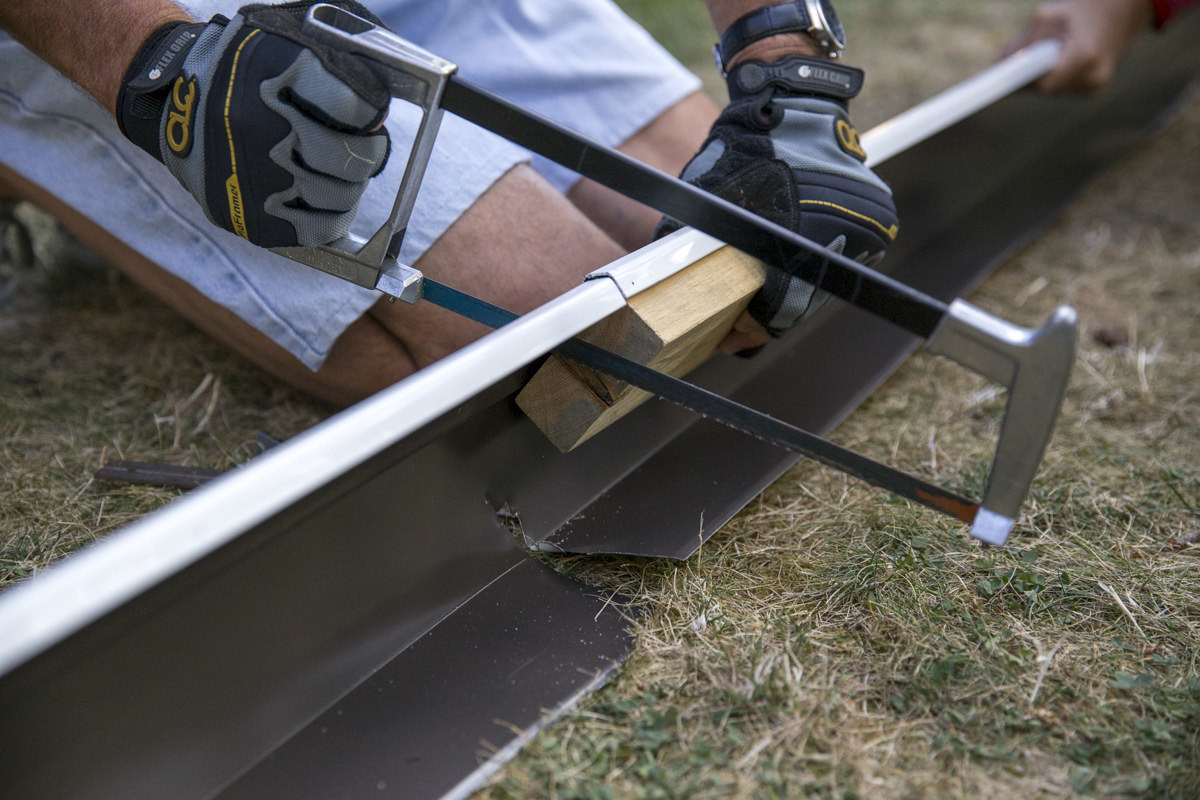

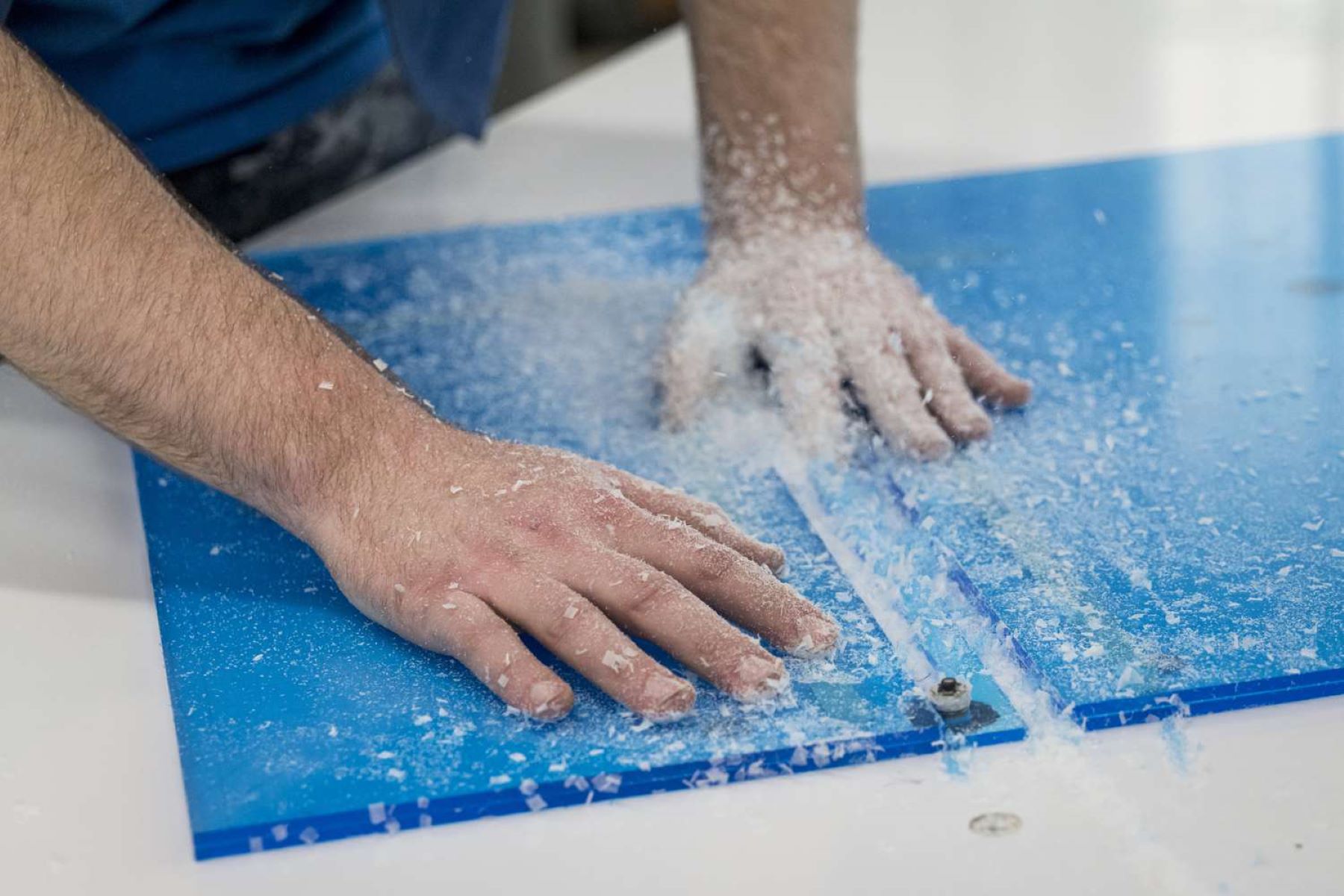
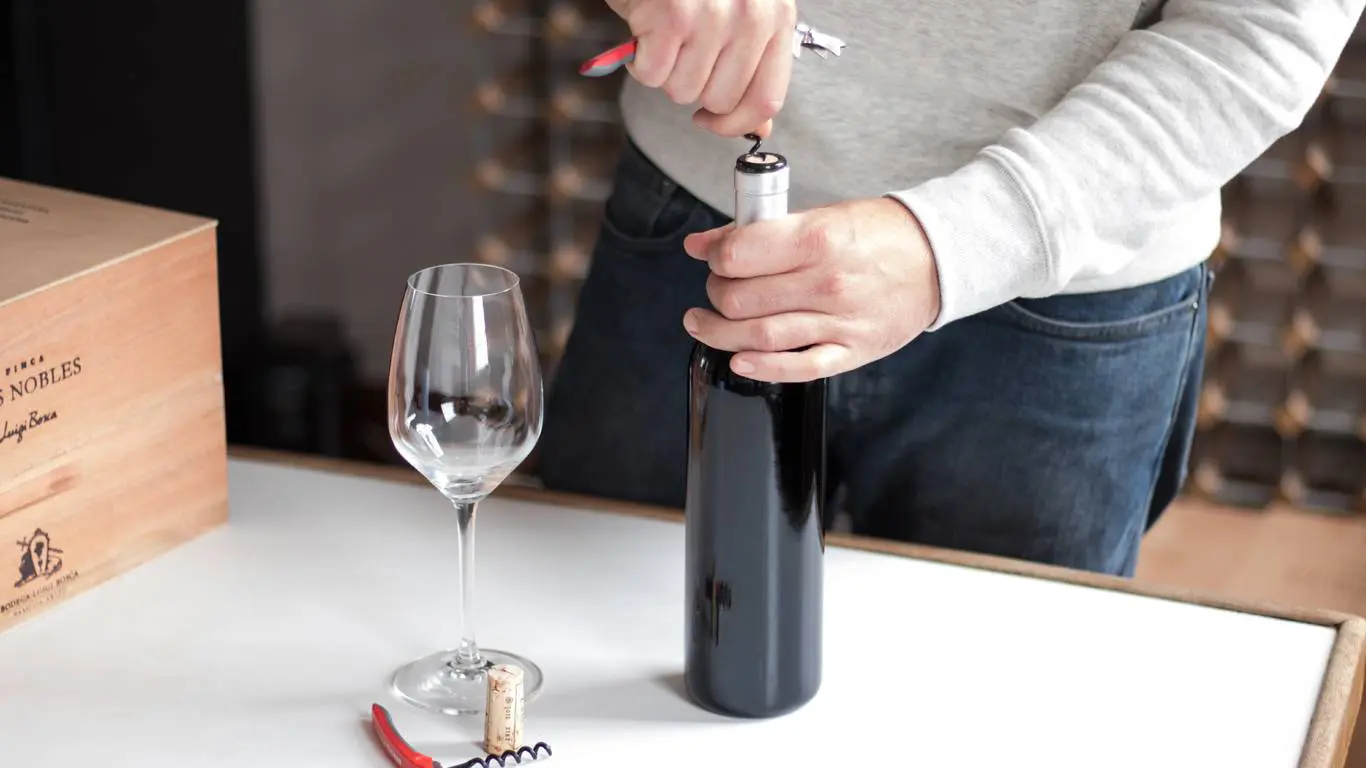
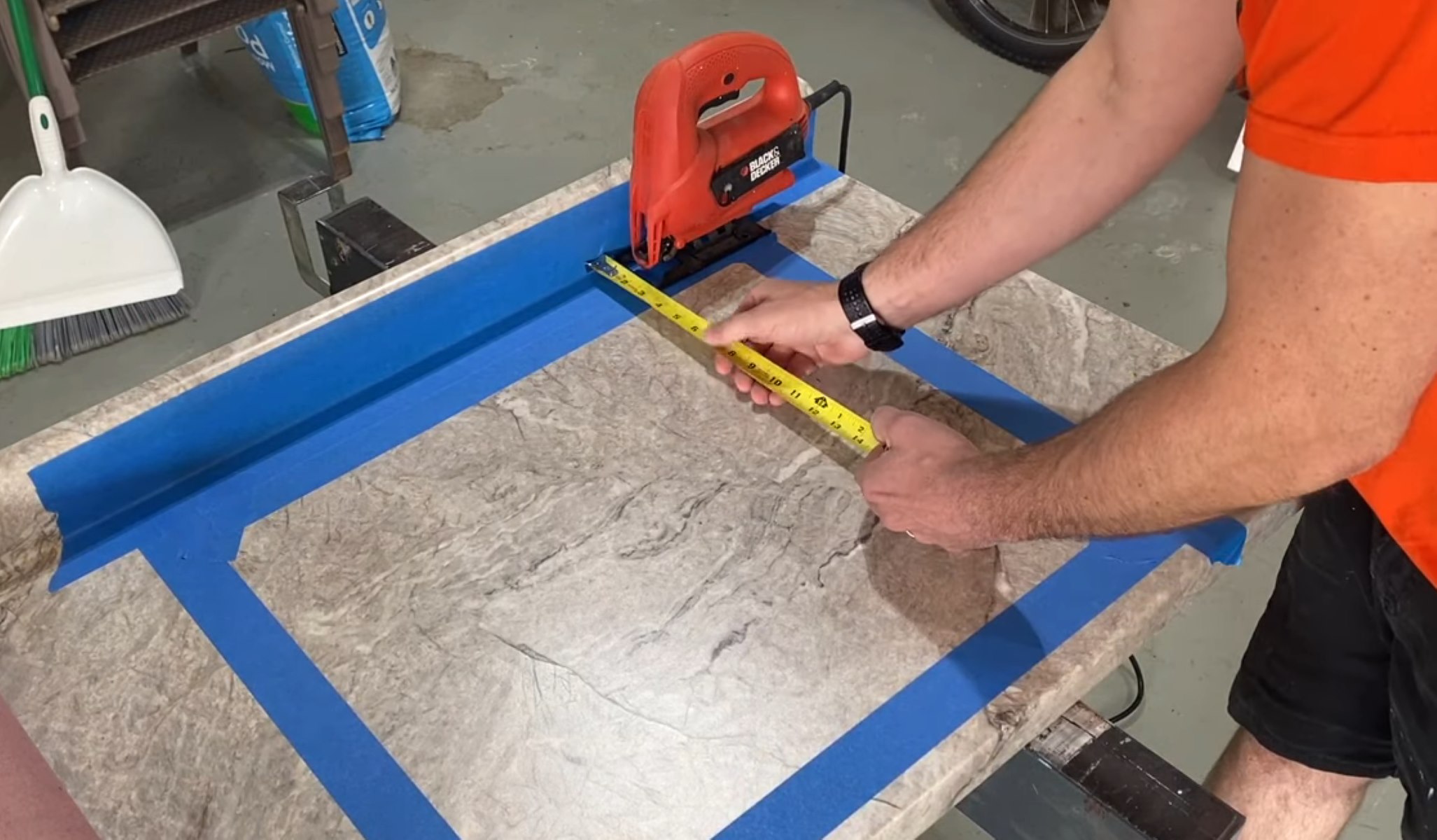
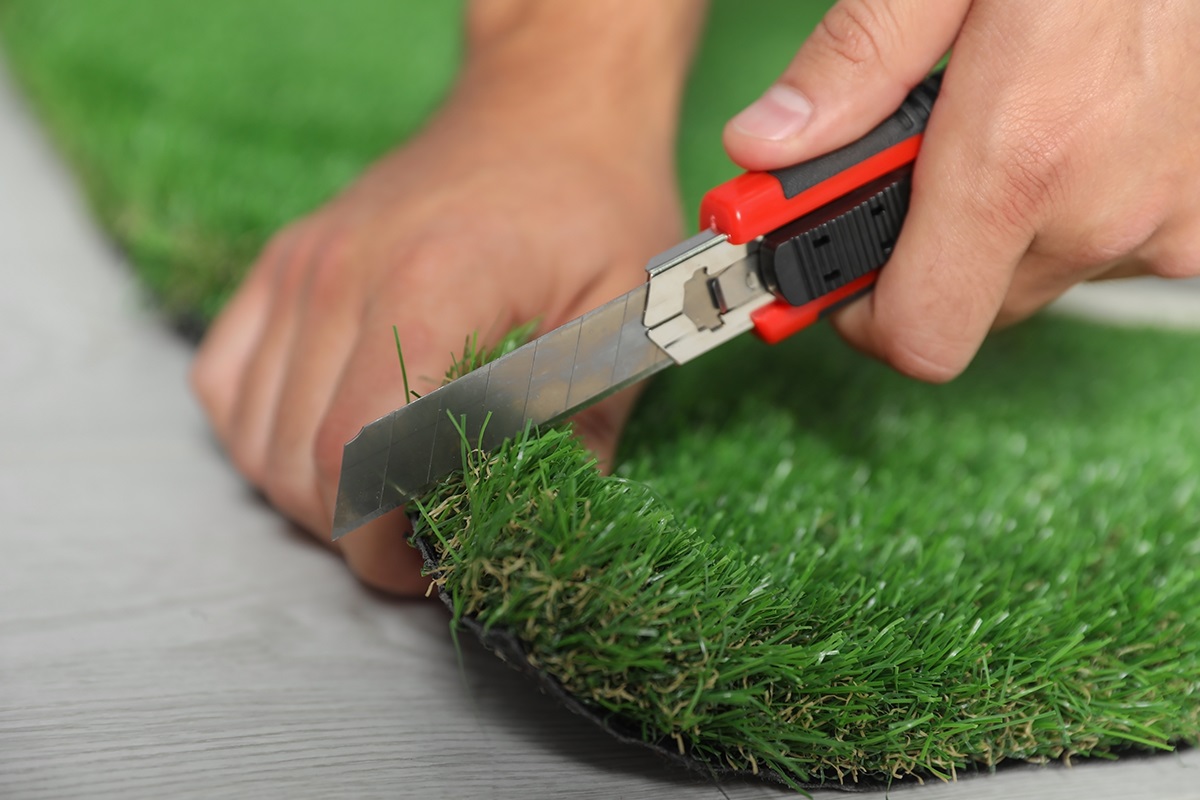
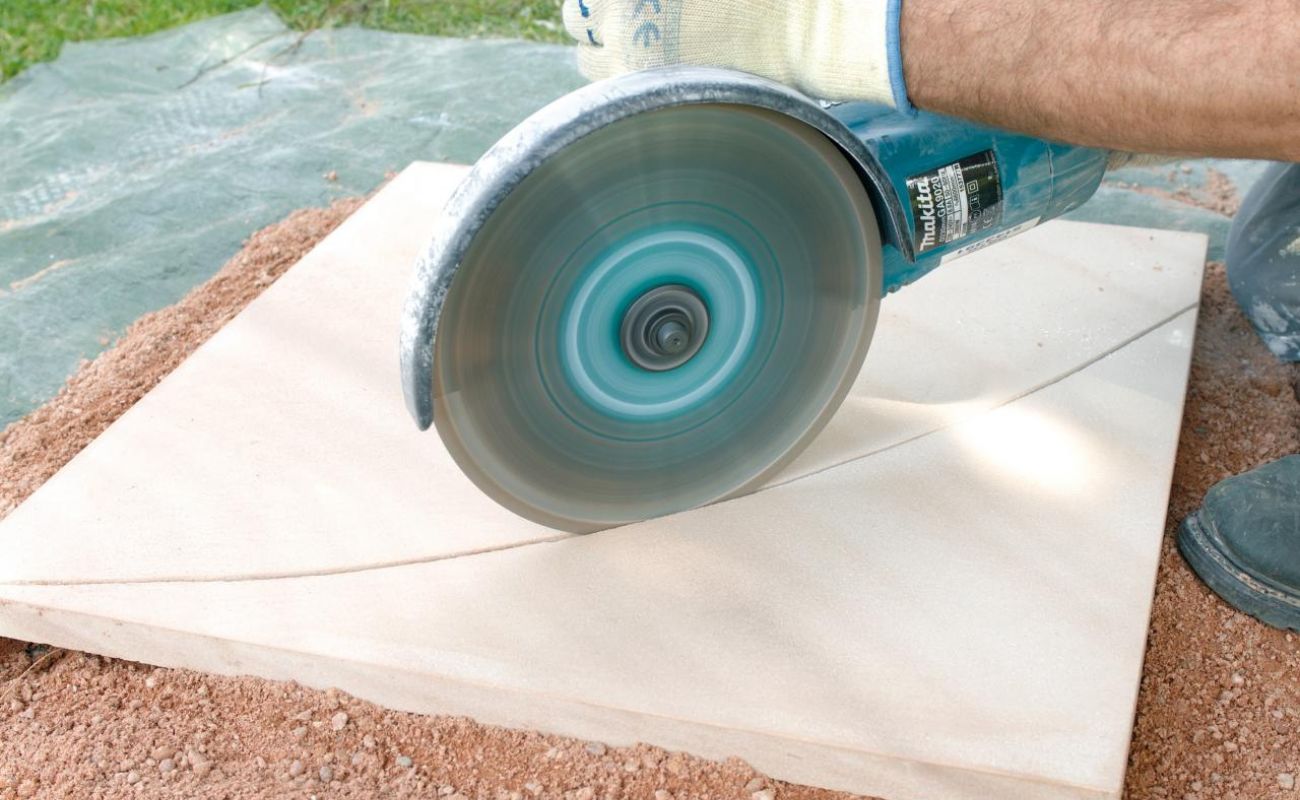
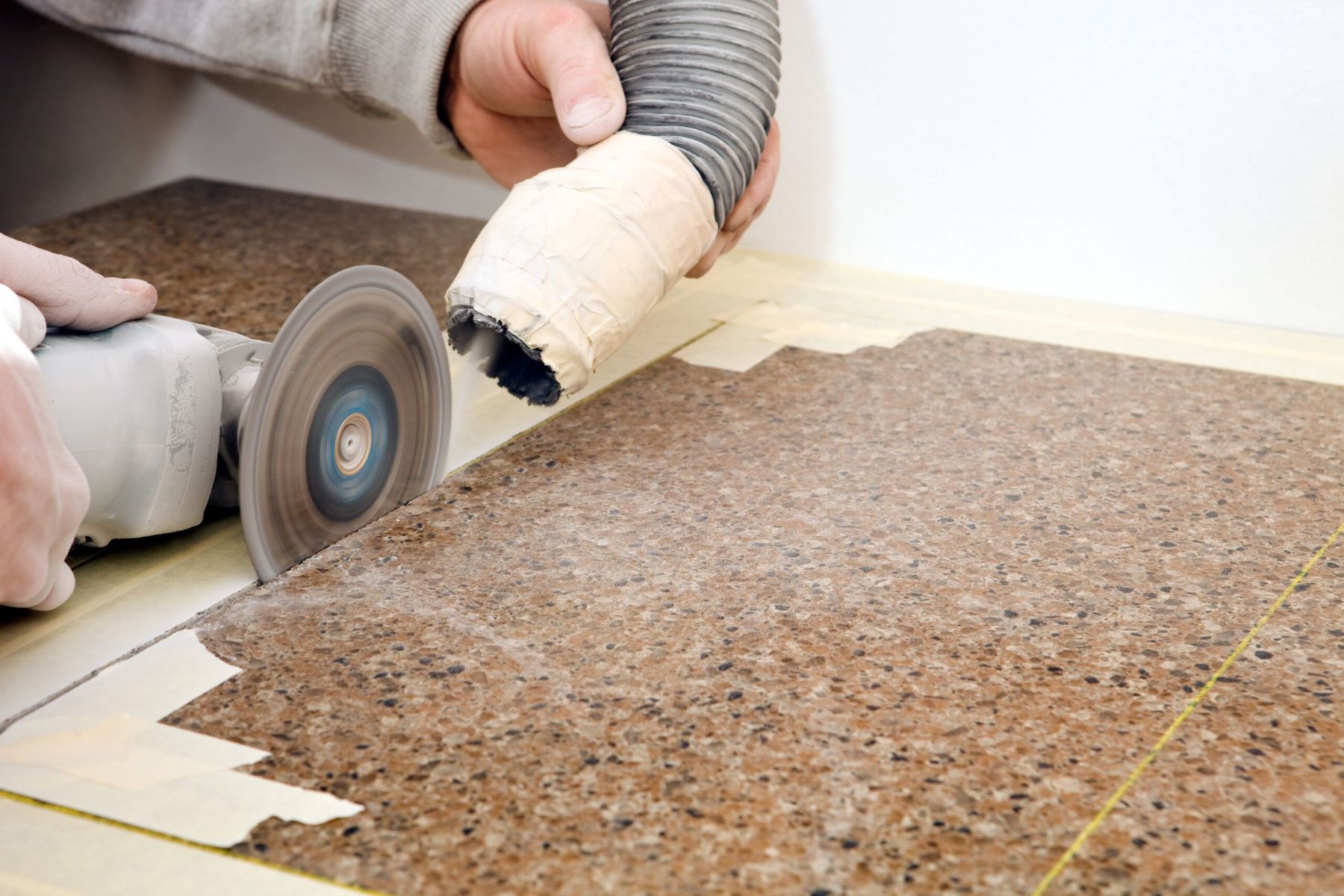
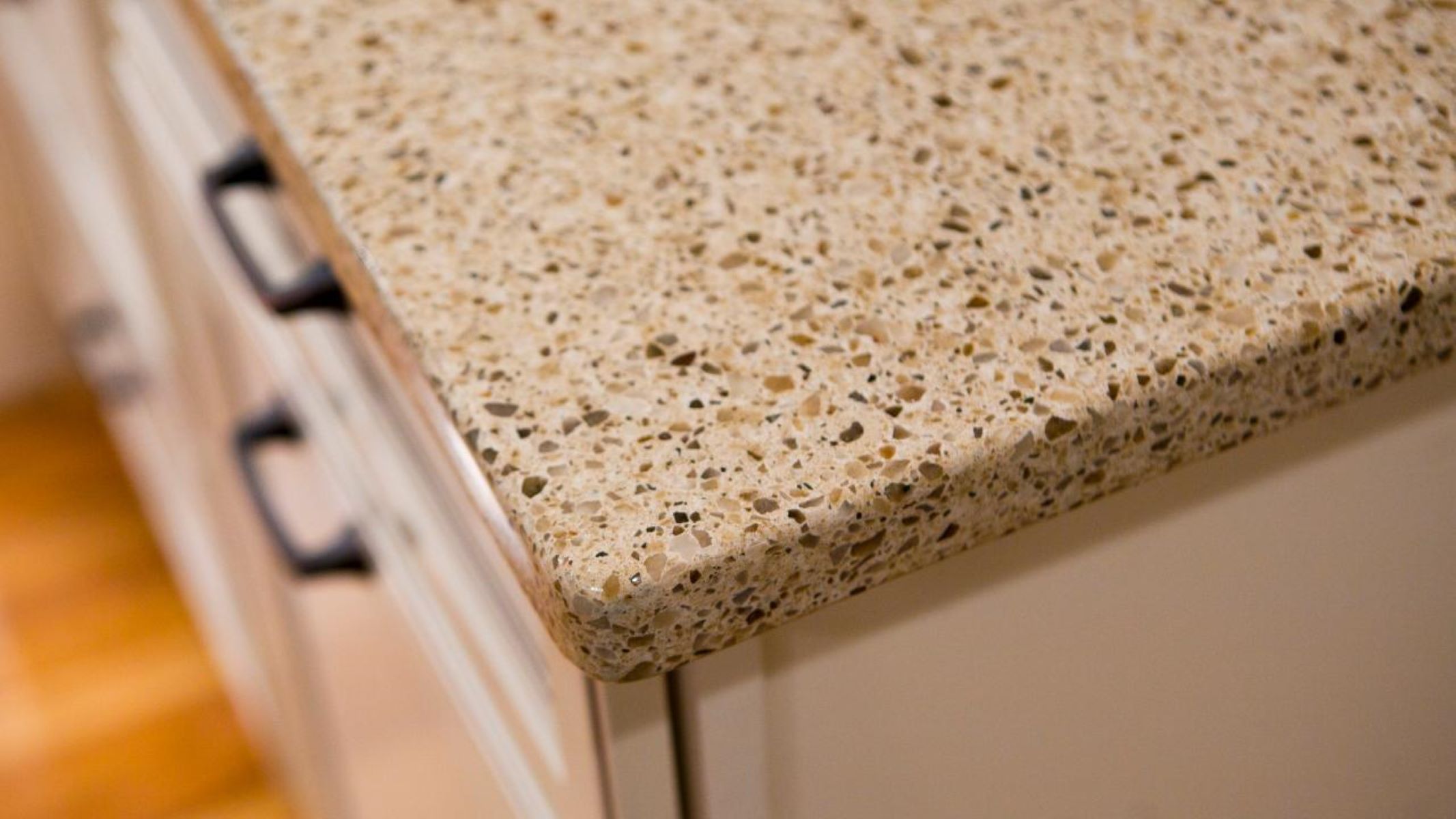

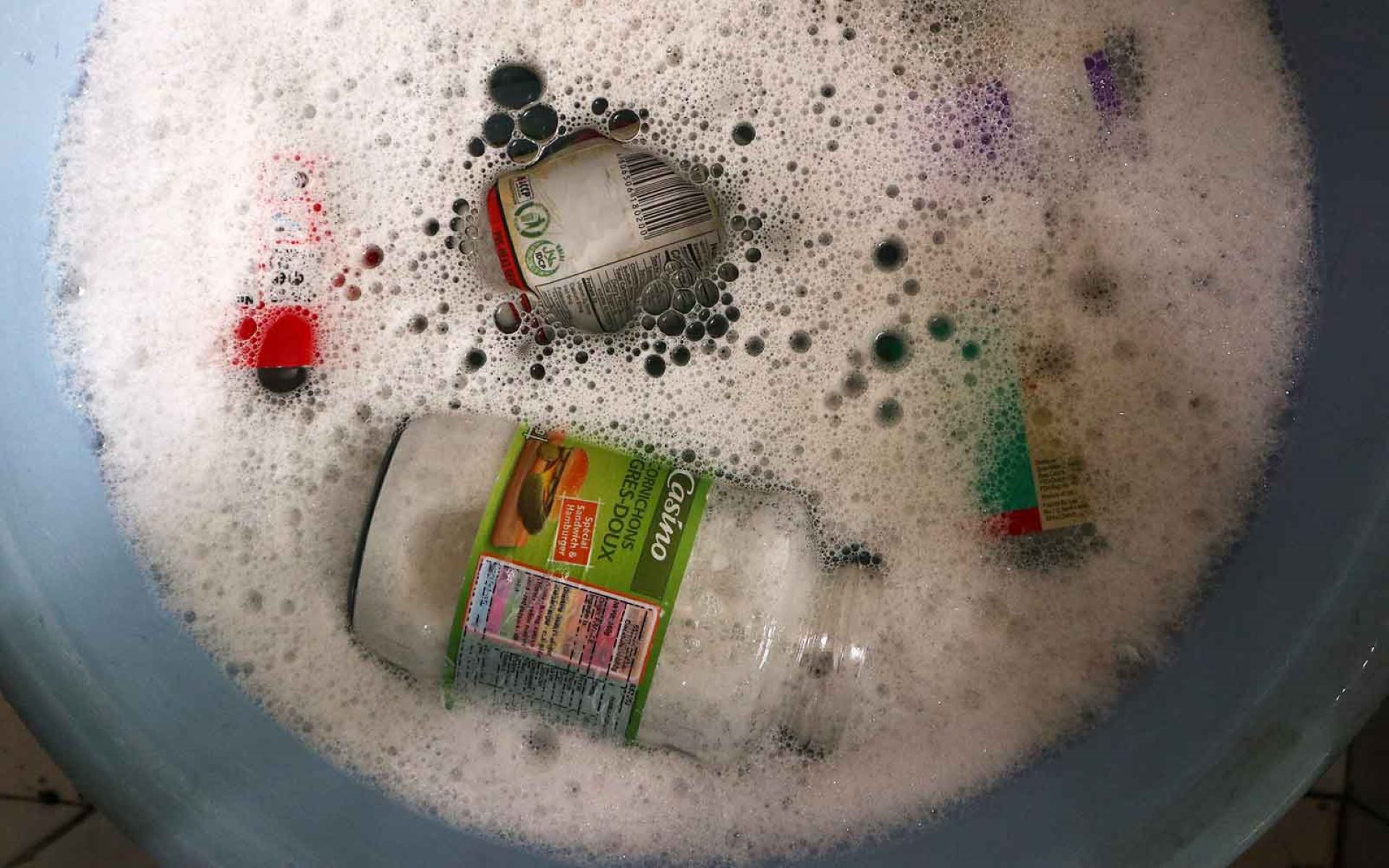
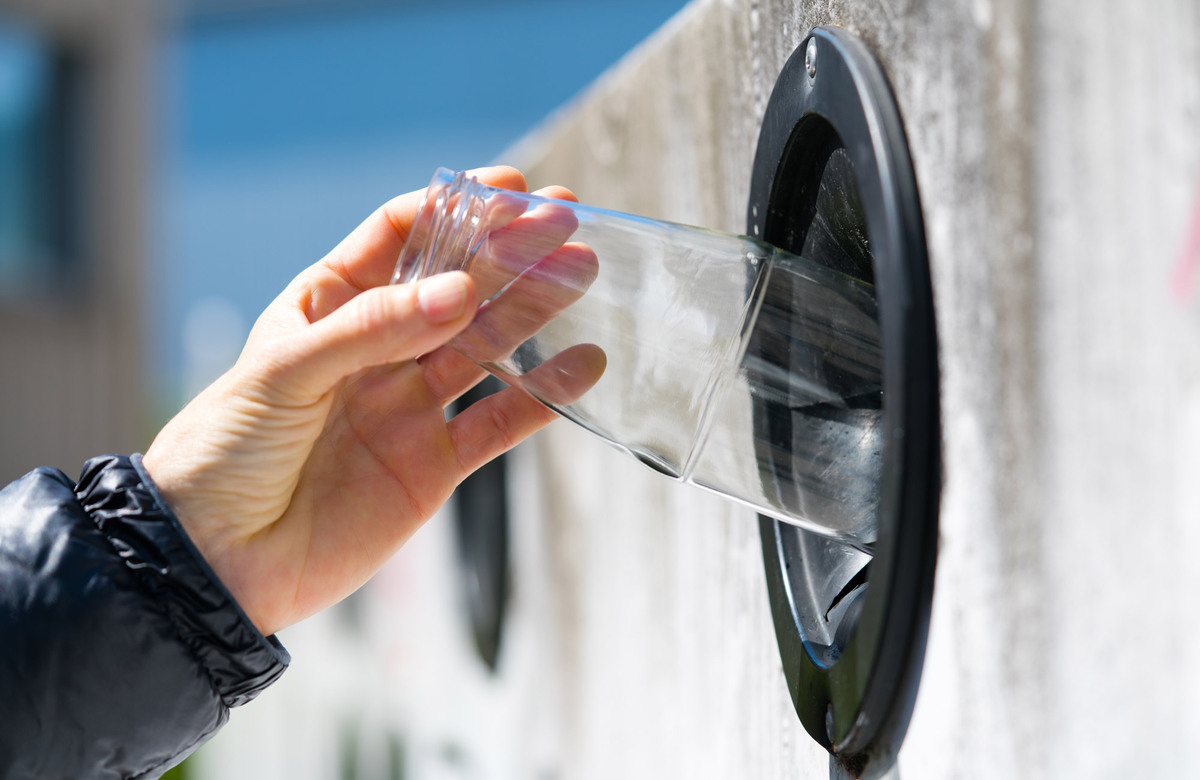
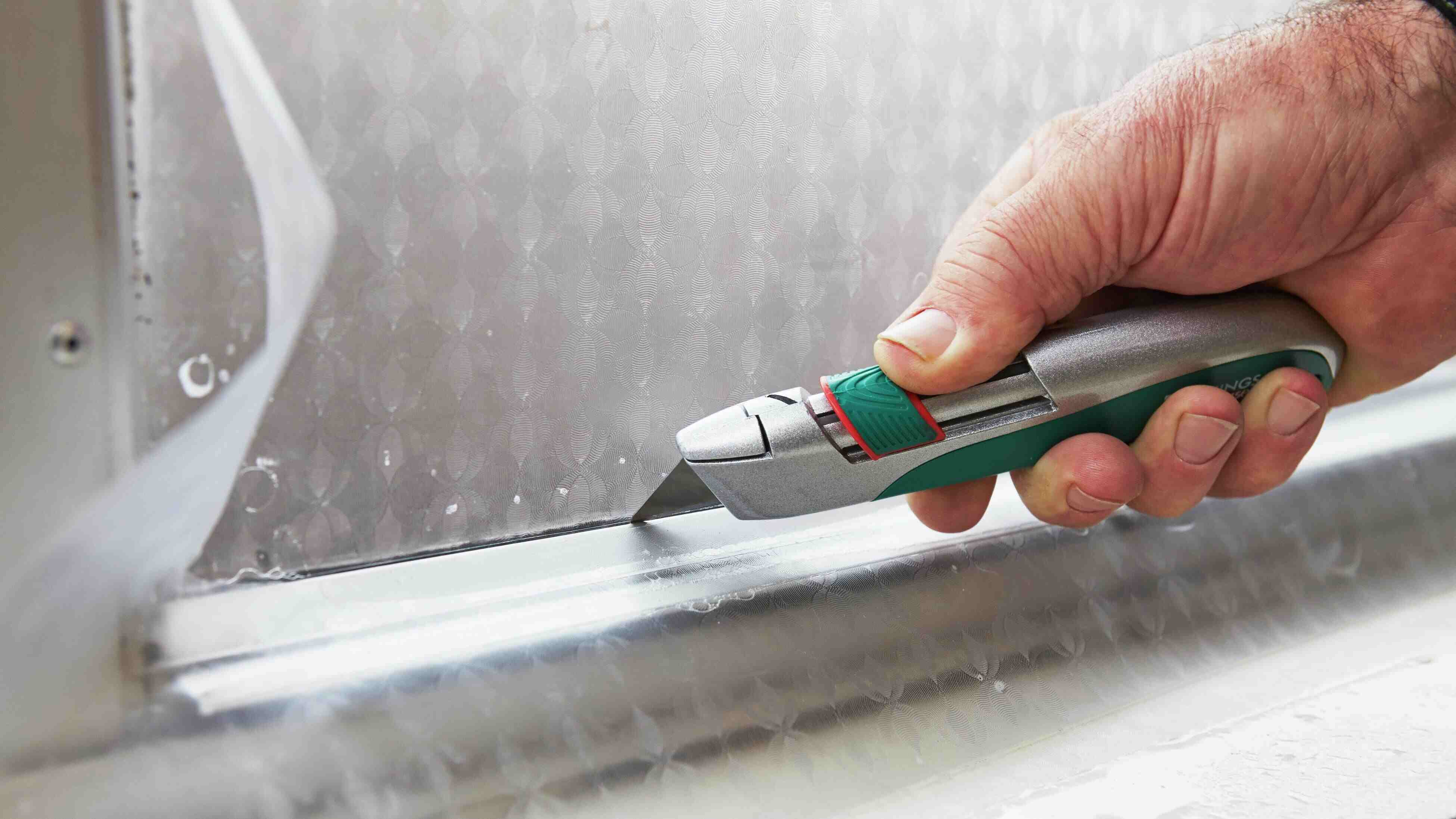

0 thoughts on “How Do You Cut A Glass Bottle”